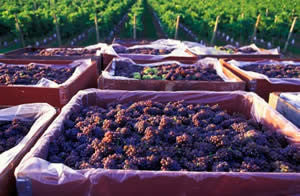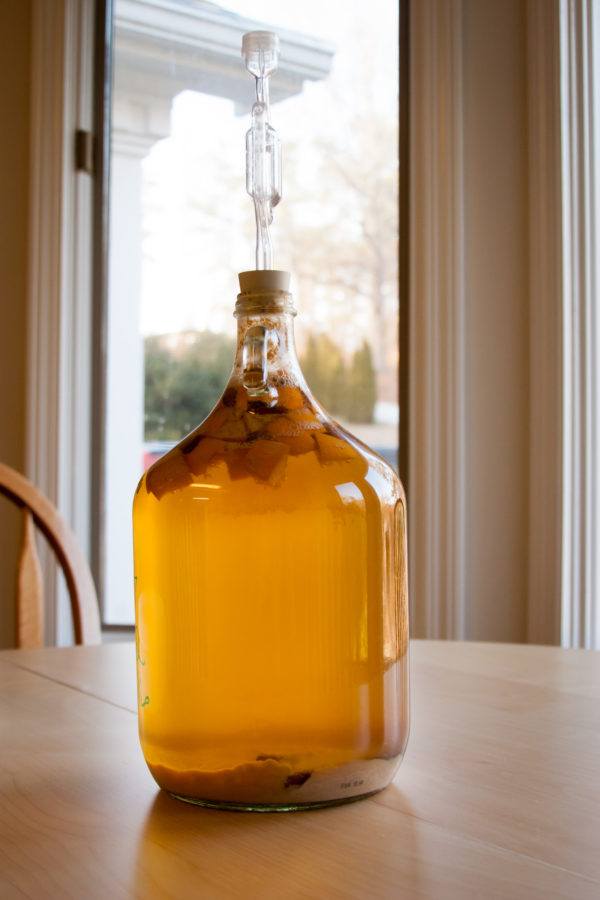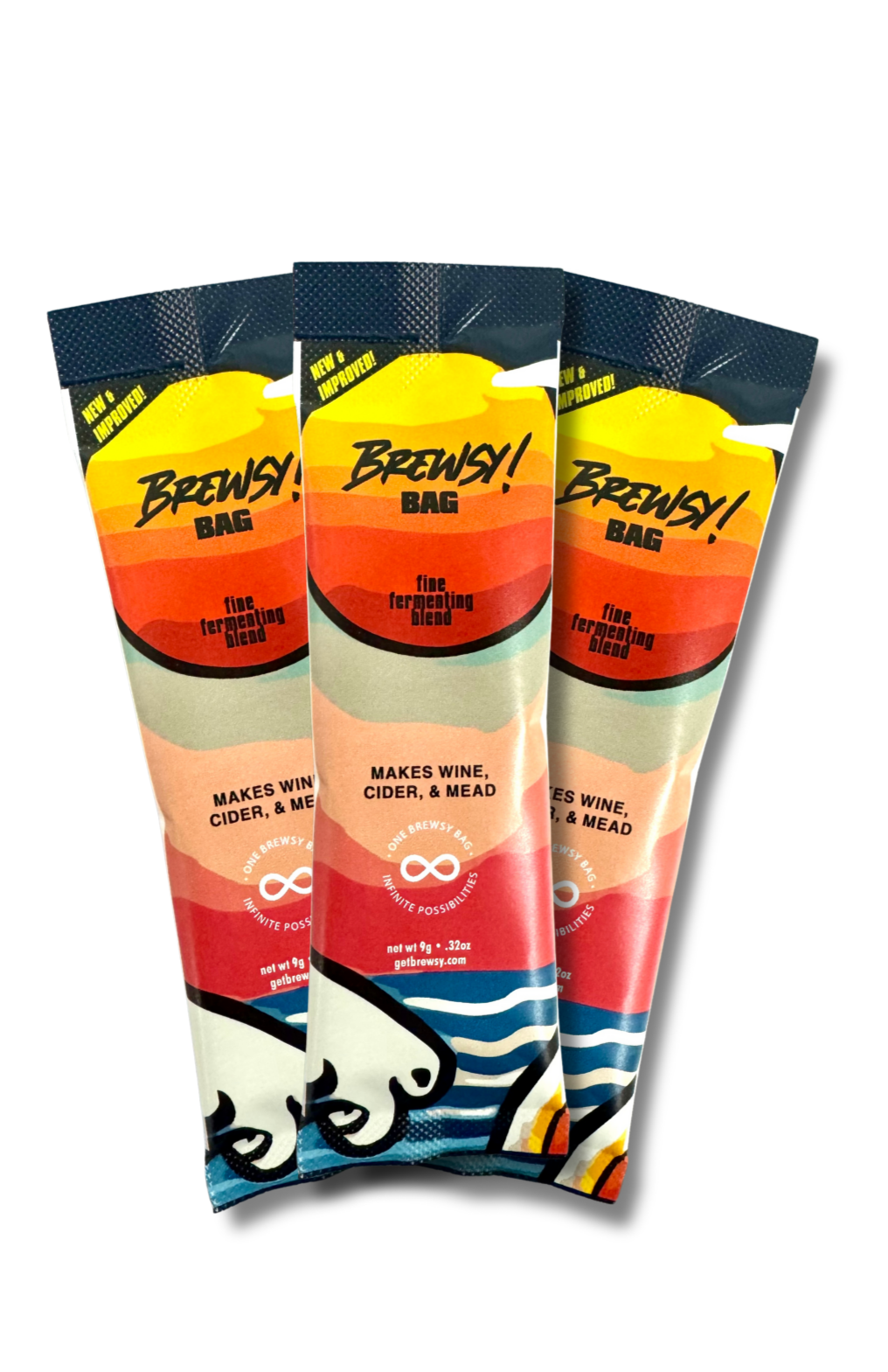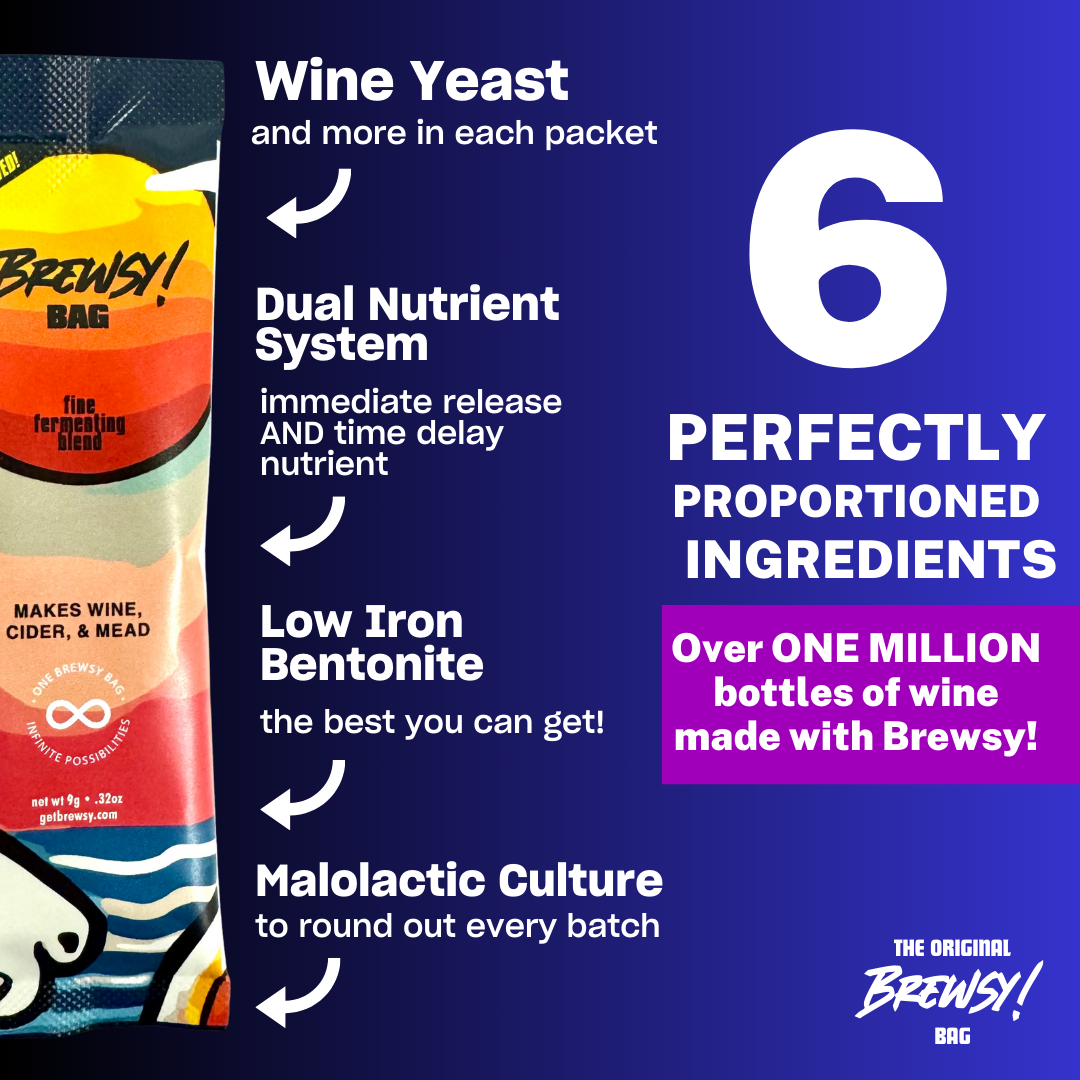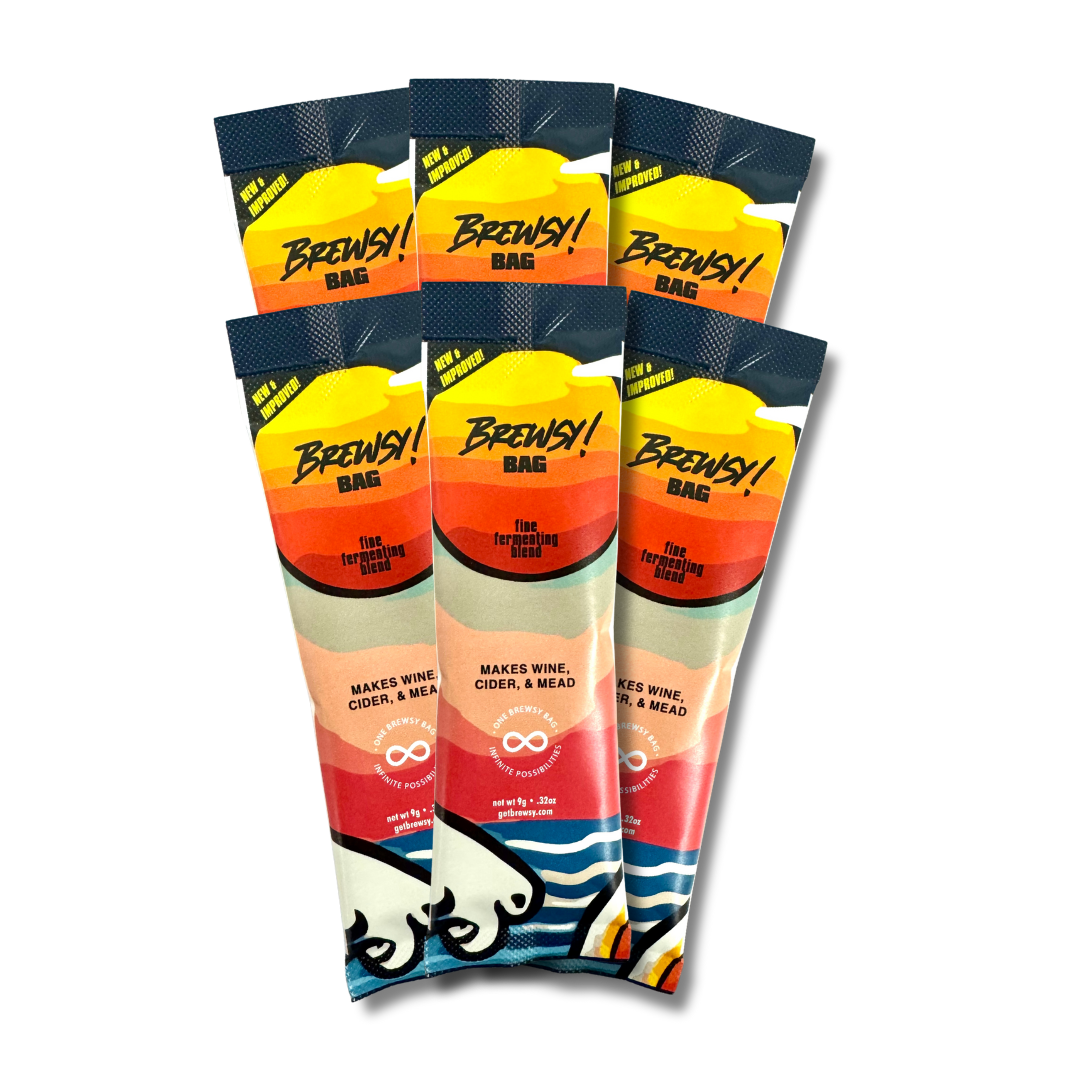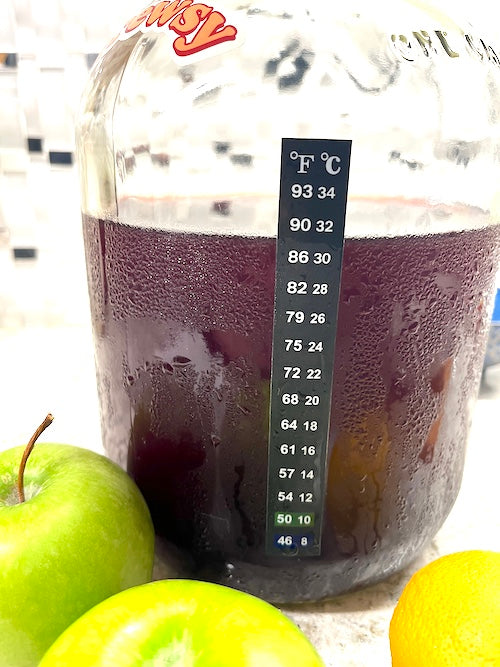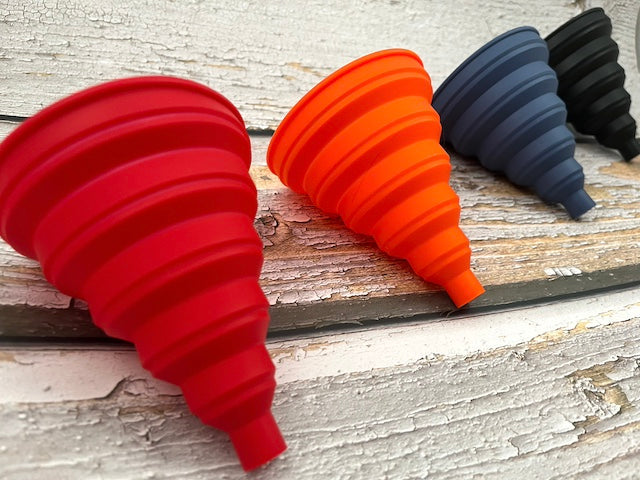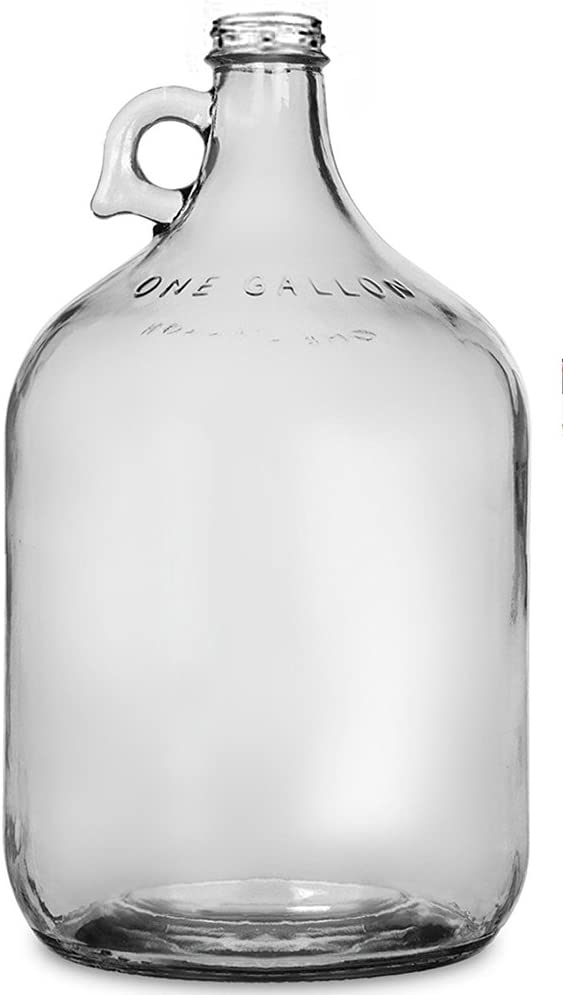
Equipment Needed for Winemaking
Equipment Needed for Winemaking
Getting into winemaking, one knows there is equipment involved aside from fruits, juices, and sugars, but what equipment is needed for winemaking?
Equipment tend to differ between traditional winemaking and hobbyist winemaking. For one, you do not need a barrel when making wine at home. In fact, equipment for winemaking between the two are vastly different.
In traditional winemaking, one would start with fruit crushers and destemmers. Gone are the days of foot-stomping grapes to create must, having given way to more modern (and not to mention more sanitary) solutions such as the mechanical press used to extract the juice from grapes or other fruits, and destemmers which remove the fruit from the stems. Next is the fermentation tub which is needed for - you guessed it - fermentation. Typically, there are two tubs. After the tub, you have the funnels and strainers which are used for the clarification process. Lastly, you have the barrels and bottles used for aging and bottling, respectively.
In hobbyist winemaking, however, since the amount of wine made tends to be on much smaller scale than traditional, there is a different set of equipment. First is a humble gallon jug.
The gallon jug is normally made out of glass, although plastic has also been used and is actually fine to use. The advantage of glass, though, is that aside from being much sturdier than plastic, it is also nonreactive. Similar to cooking or preparing food, glassware in winemaking means no worry about chemical reactions between its contents and the vessel altering the potential color and taste of the brew.
What goes on top of the gallon jug is the airlock. The airlock is, essentially, a one-valve where gases - such as carbon dioxide - produced during fermentation is allowed out, but outside air as well as creepy crawlies - such as ants and flies - are not allowed in.
Of course, the budding hobbyist winemaker will also need the final vessels: wine bottles. Once the whole process of fermentation, cold-crashing, and racking is complete, and the wine is at your preferred taste, it will be ready for bottling. Traditional wine bottles have a capacity of 750mL, with modern smaller sizes for gifting purposes. The origin of 750mL bottles, however, remains elusive, and is mostly shrouded in theories. Along with the bottles, a corker helps to cork and seal your bottles.
That would be the utmost basic needs for the hobbyist winemaker, but there are others that are still highly recommended such as the hydrometer. The hydrometer is a simple tool that lets one gauge how much alcohol a brew contains with the help of gravity - the very force that keeps our feet planted on the ground. Normally, two readings are taken: one after dissolving the sugar in the juice/must, and another after 5-7 days of fermentation. Because alcohol is less dense than water, the stem will float higher the more alcohol there is.
Another optional, but helpful piece of equipment, is a siphon kit. A rather simple tool but, like the hydrometer, also relies on gravity to work. A siphoning kit helps rack a brew from one vessel to another without the risk of stirring the sediment coming manually pouring the brew as well as lessening the wastage of wine.
That completes the list of equipment needed for winemaking. All of which we have available on our site.



